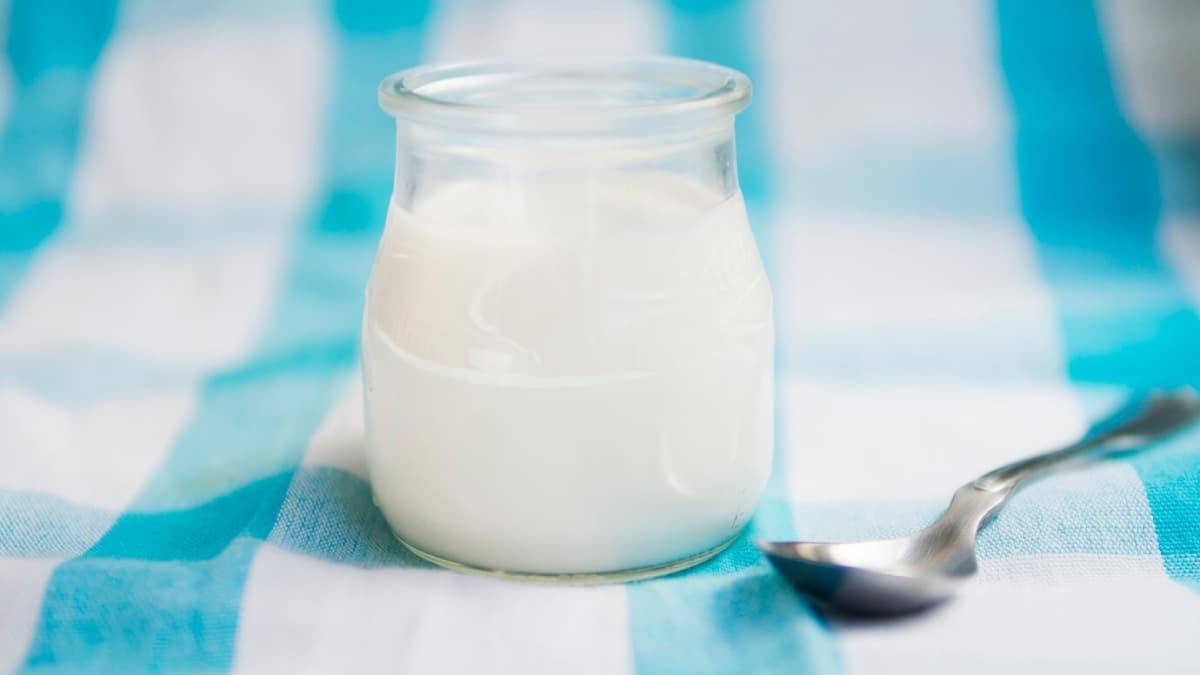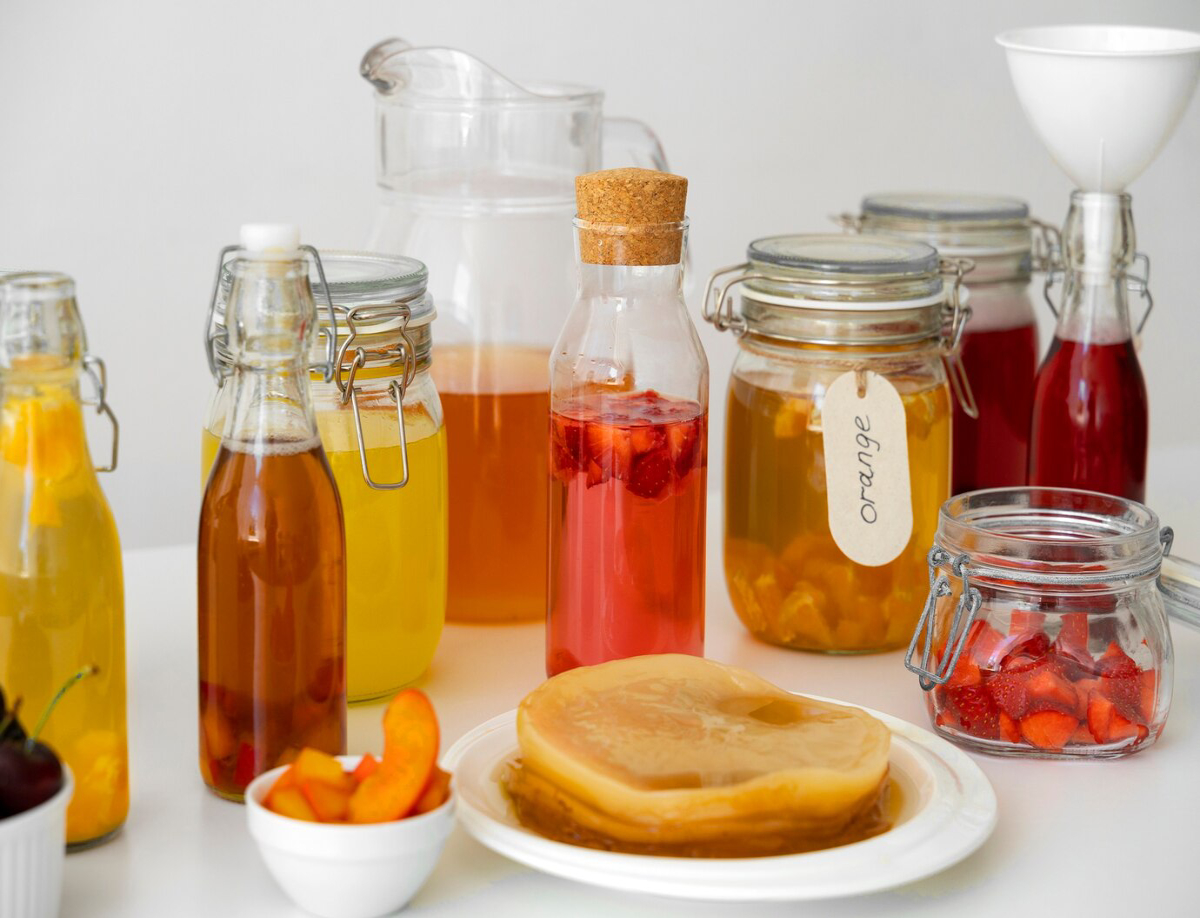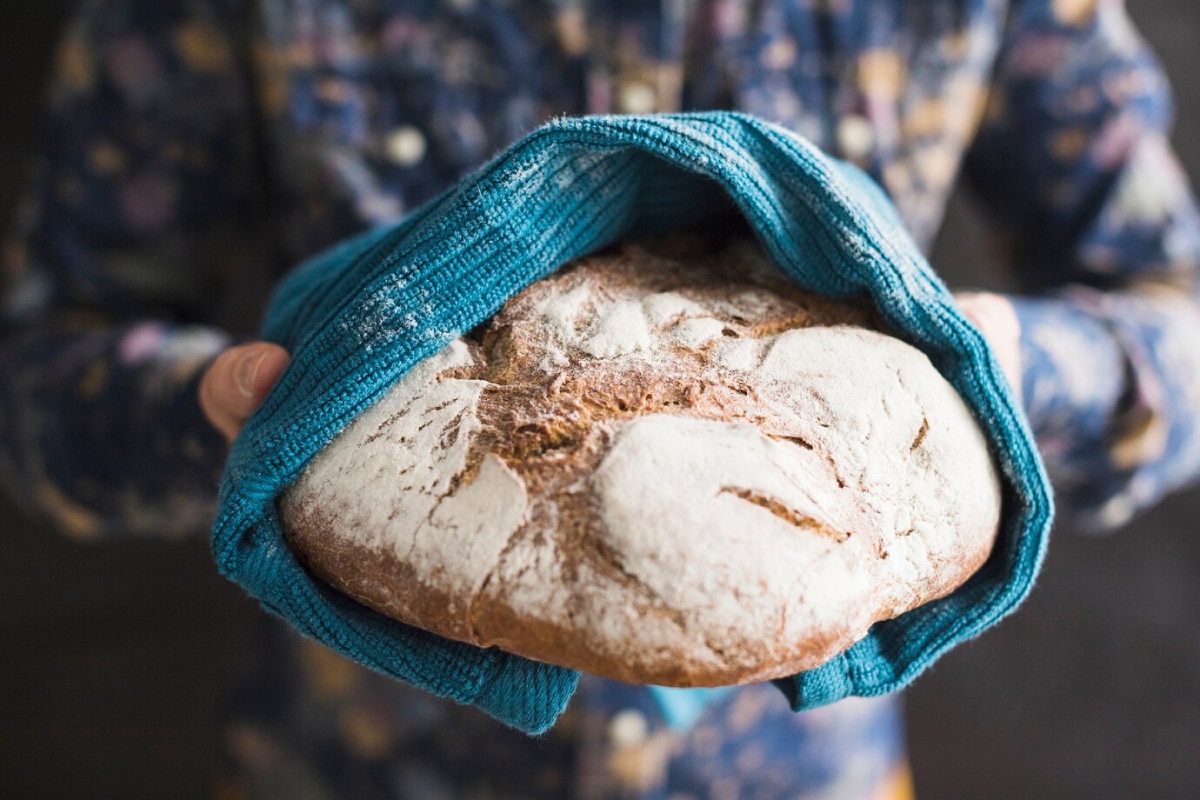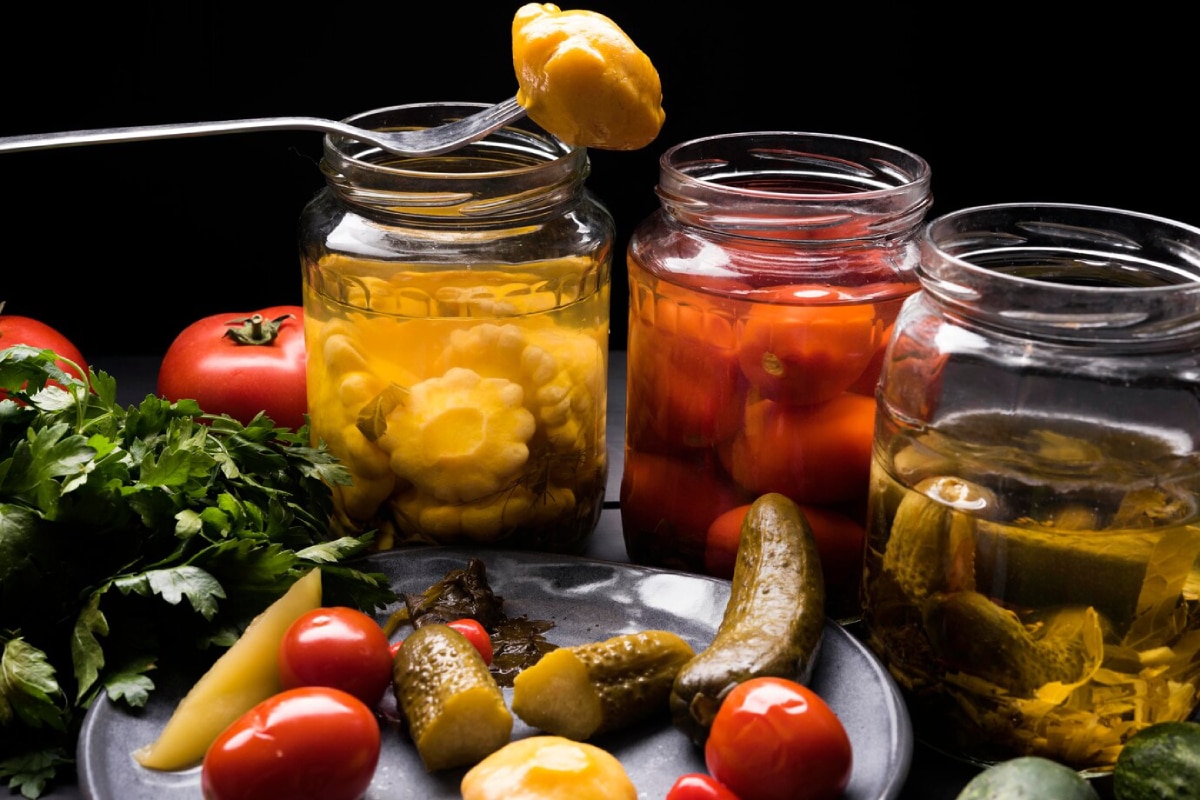
Traditional Fermentation Staples from Eastern European Kitchens
In every corner of Eastern Europe, from rural Russian dachas to bustling Polish markets, fermentation has been a cornerstone of culinary and cultural identity. Long before refrigeration, Eastern Europeans developed a sophisticated array of fermentation methods to preserve the bounty of their short growing seasons. What emerged wasn’t just practicality—it was a deep tradition of flavour, nutrition, and health.
This guide dives into the essential traditional fermentation of Eastern Europe, focusing on dishes like fermented cabbage slaw (think beyond classic sauerkraut) and drinks like Russian kvass recipes. You’ll discover how these age-old practices shaped communities, boosted health, and are finding their way into modern kitchens once more. Along the way, you’ll learn to make these staples at home with confidence.
So grab a jar, a loaf of rye, and let’s take a tangy, bubbly trip across Slavic borders and Baltic tables.
The Role of Fermentation in Eastern Europe
Preservation Meets Tradition
Before canning and freezing, fermentation was the most reliable way to store food through long, cold winters. But in Eastern Europe, it became so much more:
- A family ritual passed through generations
- A symbol of hospitality and abundance
- A way to connect with land and season
Health from the Root Cellar
While they may not have known the term “probiotic”, Eastern Europeans long observed that fermented foods boosted digestion and resilience. These foods are rich in:
- Lactic acid bacteria (for gut health)
- Enzymes (for nutrient absorption)
- Antioxidants (from lactic acid transformation of vegetables)
Want to understand how probiotics really work? Check out The Science Behind Fermented Probiotics

Signature Fermented Cabbage Slaws
1. Kapusta Kiszona (Polish Sauerkraut)
- Shredded white cabbage and salt fermented in large wooden barrels.
- Often flavoured with caraway seeds, juniper berries, or bay leaves.
How it’s used:
- Eaten raw as a side dish
- Cooked with mushrooms or pork for holiday meals
2. Shchi (Russian Cabbage Soup Base)
- While technically a soup, its base is heavily fermented cabbage.
- Sour, warming, and deeply comforting in winter.
3. Czech Zeli
- Sweet-sour cabbage fermented with apples or sugar beets.
- Often served alongside dumplings and roast pork.
4. Ukrainian Kvashena Kapusta
- Large cabbage heads submerged whole in brine, then shredded later.
- Used in varenyky (dumplings) or stewed dishes.
Easy Recipe: Basic Eastern European Sauerkraut
Ingredients:
- 1 medium head white cabbage (shredded)
- 1 tablespoon non-iodised salt
- 1 teaspoon caraway or dill seed (optional)
Steps:
- Massage salt into cabbage until it releases brine.
- Pack tightly into a clean jar, pressing to submerge.
- Cover loosely. Ferment at room temperature (18–22°C) for 5–10 days.
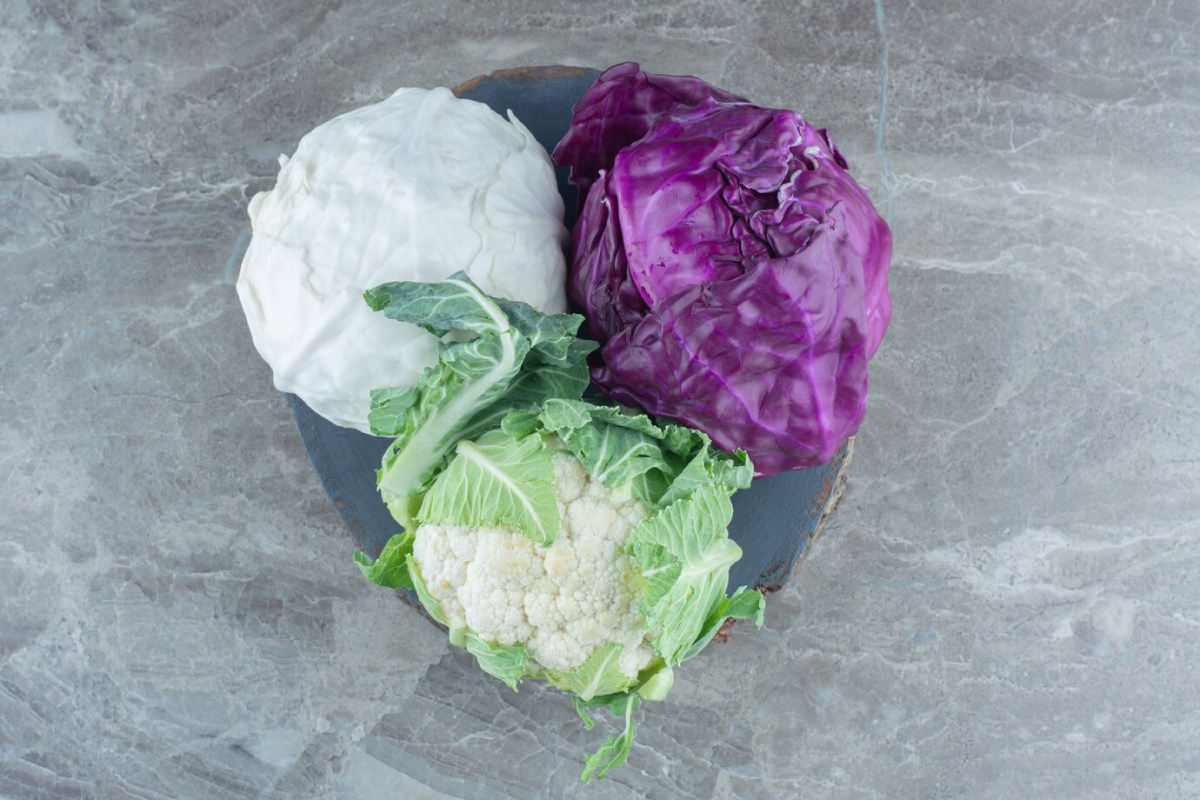
Beyond Cabbage: Fermented Root Vegetables
1. Russian Kvashenaya Svekla (Fermented Beets)
- Deep red colour, earthy flavour, and mildly sweet.
- Often used to make base for borscht or consumed as a tonic.
2. Lithuanian Fermented Carrots
- Grated carrots brined with garlic and dill.
- Served as a salad with sour cream.
3. Romanian Murături
- Assorted vegetable pickles including cauliflower, green tomatoes, and cucumbers.
- Typically fermented in large barrels with horseradish and grape leaves.
Tip: The colder the climate, the longer the fermentation. Winter ferments can take up to a month!
Kvass: The Fermented Drink of the People
What Is Kvass?
Kvass is a slightly sour, lightly fizzy fermented drink traditionally made from rye bread. Think of it as the Slavic answer to kombucha.
Nutritional Profile:
- Low in alcohol (usually <1%)
- Rich in B vitamins
- Contains lactic acid bacteria
Regional Variations:
- Russian Kvass – Dark rye bread base, earthy and mild.
- Ukrainian Beet Kvass – Vibrant pink, tangy, and rich in nitrates.
- Latvian Herbal Kvass – Infused with mint, juniper, or wormwood.
For a starter-free drink idea, try our Russian Kvass Recipes
DIY Kvass Recipe (Bread-Based)
Ingredients:
- 2 slices rye bread (toasted until dark)
- 1 litre boiling water
- 1 tbsp honey or sugar
- Pinch of yeast (optional for faster fizz)
Steps:
- Pour boiling water over bread. Let sit 4–6 hours.
- Strain, stir in sweetener.
- Add yeast if using.
- Bottle and leave at room temp 24–48 hours.
- Chill and enjoy!
Traditional Fermentation Methods and Tools
Ceramic Crocks
Stoneware crocks were the standard across Eastern Europe—often with water-sealed lids and heavy ceramic weights.
Wooden Barrels
Used for mass fermentation. Pickling whole cabbage heads was common in rural areas.
Cloth & Stones
In smaller households, vegetables were brined in pots and weighed down with clean stones.
Tip: You can achieve the same effect today using glass jars, silicon weights, and airlock lids.
How Fermentation Connects to Seasonal Eating
- Autumn: Ferment cabbage, root vegetables, cucumbers.
- Winter: Eat fermented stores—sauerkraut, kvass, beet slaw.
- Spring: Light, herbal ferments (nettles, spring onions).
- Summer: Fresh pickles and quick ferments for barbecues.
Fermentation allowed Eastern Europeans to enjoy vegetables year-round, even when fresh produce was scarce.
Cultural Anecdotes & Generational Wisdom
“My Babushka’s Basement Crock” “Every autumn, we’d help her pack cabbage into a chest-high crock. She’d say, ‘Press it down like you’re tucking it in for winter.’ That kraut fed us all season.” — Irina, 39, Warsaw
“Kvass on the Job Site” “Growing up in Kyiv, we’d get chilled beet kvass after working on summer construction crews. It wasn’t just a drink—it was our electrolyte replacement.” — Dima, 45, London
“Pickles at Every Table” “My Romanian uncle refused to eat a meal without something sour on the side. Pickled peppers, cabbage, green tomatoes—you name it.” — Ana, 29, Bucharest
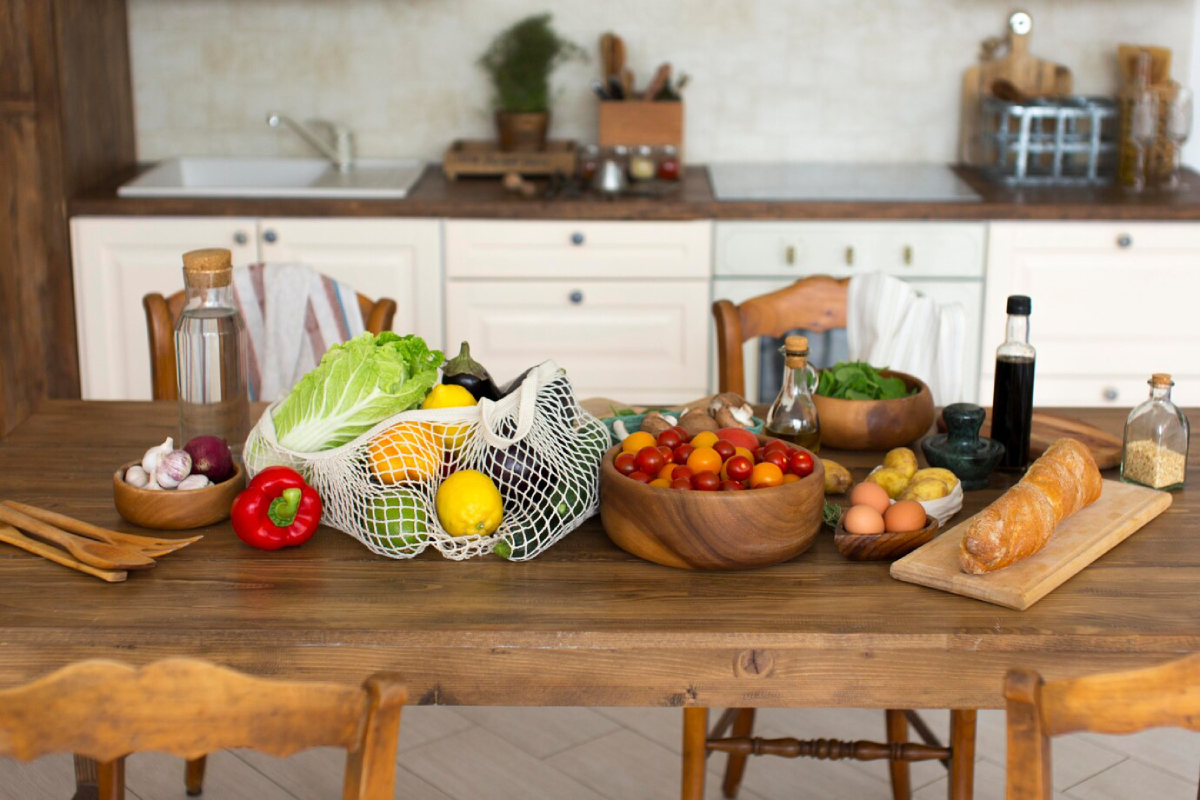
Tips for Fermenting Eastern European Staples at Home
- Choose high-quality salt – Non-iodised sea or rock salt only.
- Use filtered water – Chlorine slows fermentation.
- Weigh vegetables down – Prevent exposure to air.
- Taste frequently – Adjust timing to your preference.
- Label your jars – Include dates and any added ingredients.
Keep the Culture Alive—One Crock at a Time
The rich traditions of Eastern European fermentation are so much more than culinary heritage. They’re acts of resilience, ingenuity, and deep connection to the seasons and the land.
From the crunch of fermented cabbage slaw to the tingle of a home-brewed kvass, these age-old techniques remain deeply relevant in today’s world of gut health, sustainability, and slow food.
So what are you waiting for? Try your hand at a classic kraut or brew a bubbly beet kvass this week. You’ll not only make something delicious—you’ll join a centuries-old conversation kept alive in crocks, cellars, and kitchens around the globe.
